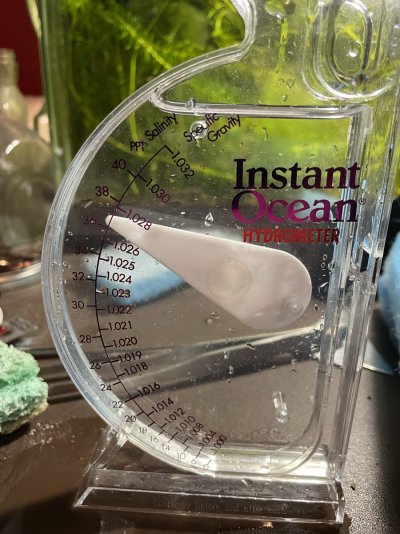You can do it surgically like a dentist scrapes a tooth with metal picks working around the base of corals. Corals attached to rocks can sit out on the counter for an hour easily, they won’t die.
peroxide can be spot applied to surfaces without touching corals this way.
Dribble saltwater across them if concerned and they can go hours, detail work allows you for example to de attach bryopsis that may be abutting expensive corals and anchored into rock surfaces, this surgery is often better for the tank than affecting the entire water column away from coral positive params and into plant starving params, cleaned rocks can go back into normal waters this way
peroxide can be spot applied to surfaces without touching corals this way.
Dribble saltwater across them if concerned and they can go hours, detail work allows you for example to de attach bryopsis that may be abutting expensive corals and anchored into rock surfaces, this surgery is often better for the tank than affecting the entire water column away from coral positive params and into plant starving params, cleaned rocks can go back into normal waters this way



















